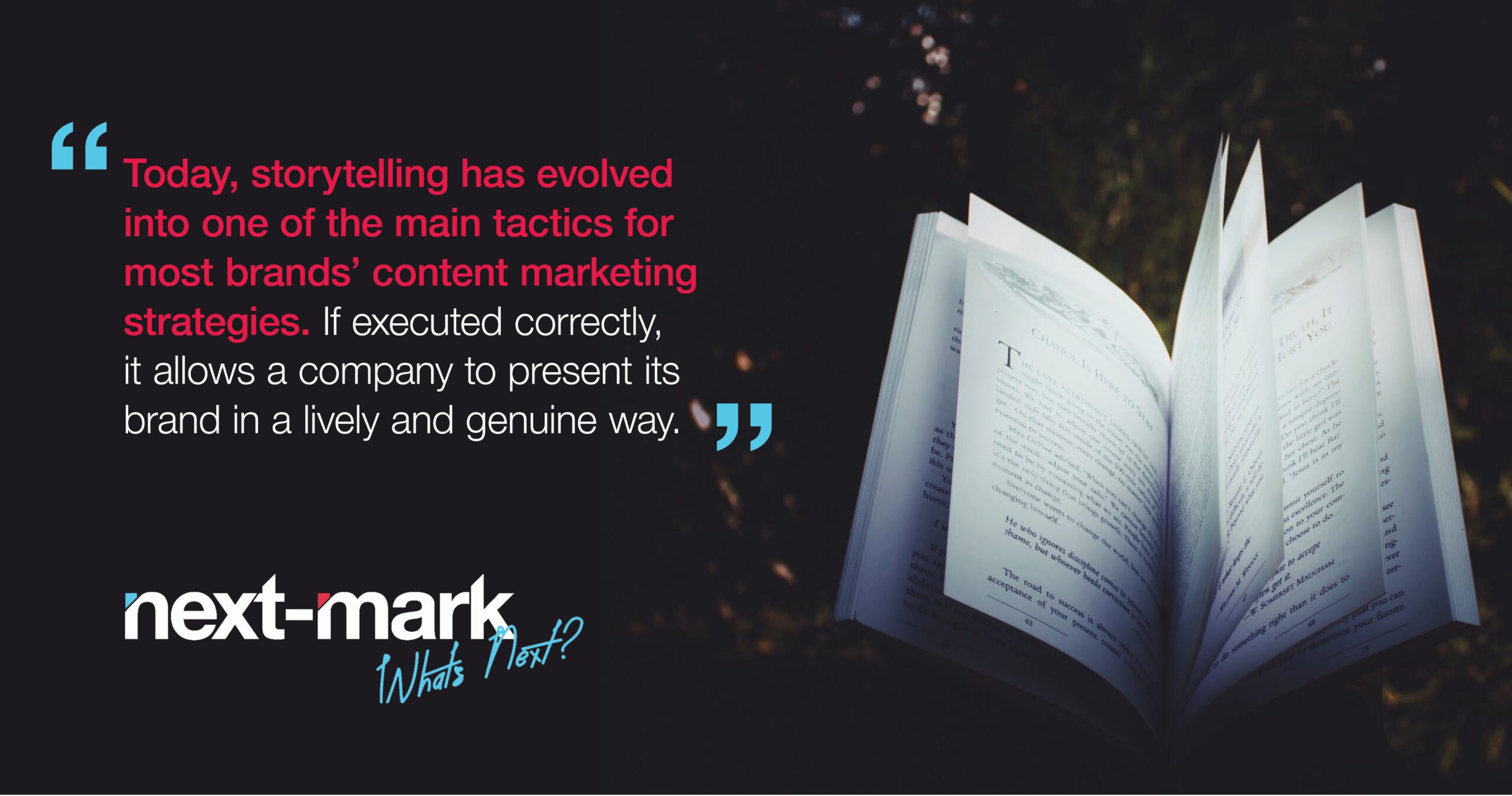
In high school, I had this history teacher that had a story for every lesson he taught. It didn’t matter what time period the historical event happened in, he always had an anecdote for the class. While students with other teachers were failing each exam, his students aced the class with ease. This is because the stories he told committed each historical concept to his students’ memories.
Never underestimate the power of a good story. Since the dawn of humanity, people have told stories as a way to connect and remember details of our past, present and future. Being told a story, rather than just a fact or statistic, allows the individual to step into a world that isn’t their own. It permits them to see life from fresh perspectives.
Storytelling is all around us in our everyday lives. Whether we notice it or not, we tell stories every day to convey the happenings of the world around us. Stories trigger dopamine and oxytocin within the brain, evoking emotion from the individual and helping them remember the message. According to Jerome Bruner, a Cognitive Psychologist, facts wrapped in stories are 22x more memorable.
Now that we know the how unforgettable stories can be, what subject did my high school teacher teach again?
Today, storytelling has evolved into one of the main tactics for most brands’ content marketing strategies. If executed correctly, it allows a company to present its brand in a lively and genuine way. Storytelling lets your targeted audience form an emotional connection with your brand, whether that be by making them laugh, cry, grin, etc.
As easy as telling a story sounds, there has to be a sound method set in place before you launch your storytelling campaign. Lucky for you, our marketing experts at Next-Mark put together a few tips on how to seamlessly incorporate storytelling into your company’s marketing approach.
Be authentic
When conveying a story, you want to avoid it sounding like a sales pitch. By telling your story in a genuine way with creative elements, you not only gain the attention of your targeted audience, but you also gain their trust. Moreover, the story you tell has to be fact based. You want to provide your readers real evidence about your brand, but in an interesting way that provides them a deeper understanding.
Evoke emotion
You want your consumers to feel something from the story you’re telling. They should be inspired by your brand and what you have to offer. An excellent way to tell a compelling story is to make your customer the main character, where your brand is the resolution to their conflict. This notion enhances the customer’s impression of using your goods or services, creating an impact on the long-term reputation of your brand.
Include a call-to-action
A call-to-action (CTA) is the next step you want your audience to take after receiving your story. Your desired CTA is probably the most crucial aspect of storytelling, as it determines how you want the story to end. The CTA should be subtle but also give the consumer direction to the next step of your customer journey.
Tell your story through the right channel
A story can be told through a variety of mediums, such as print, film, social media, etc. By tailoring your narrative to the appropriate medium, you will ensure you’re getting the desired reaction from your targeted audience.
At Next-Mark, we believe in the power of storytelling. We help our clients create dynamic storytelling campaigns, to increase their brand engagement and conversion rate. Let us help your brand captivate its targeted audience through the magic of storytelling. We would love to help! Engage with us here.